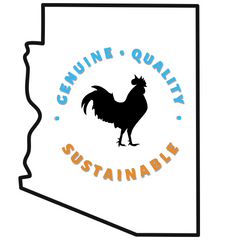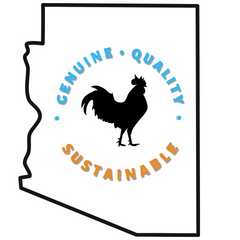Supporting Chickens Through Molting Season Naturally 2025
Supporting Chickens Through Molting Season Naturally 2025
Molting season can make even the most confident chicken keeper pause: feathers everywhere, a sudden drop in eggs, and birds that look rough around the edges. The good news is that molt is a normal, seasonal reset—especially in late summer through fall—and with targeted nutrition, gentle stress reduction, and smart housing tweaks, your flock will come through it stronger. This guide focuses on practical, natural strategies you can implement right away—what to feed, how to reduce stress, and when concern is warranted—tailored for engaged owners who want premium, natural solutions and are ready to invest in their flock’s long-term health. Below, you’ll find concise takeaways followed by clear, section-by-section steps to keep your birds comfortable and recovering smoothly.
Key takeaways / Summary
- Molting basics: Adult hens typically molt annually, often late summer–fall, for 6–16 weeks. Expect fewer or no eggs, patchy feather loss, and a noticeable “spiky” look as pin feathers grow in.
- Nutrition priorities: During molt, shift to higher-protein nutrition (often 18–20% protein) and ensure adequate methionine and cysteine for feather regrowth. Avoid excess calcium if birds aren’t laying; offer oyster shell separately to active layers as needed.
- Natural protein sources: Black soldier fly larvae, mealworms, and high-protein complete feeds are flock-friendly staples; diversify with sprouted grains, scrambled eggs, or fish in moderation.
- Stress reduction: Keep routines predictable, avoid excessive handling, and provide space, dust baths, and secure, well-ventilated housing—especially important in hot or arid climates.
- Hydration and heat: Shade, airflow, and clean water are non-negotiable. Consider vitamin-electrolyte support during heat spikes.
- Supplement strategy: Focus on probiotics, B-vitamins, amino acids, and omega-3–rich options. Be wary of “miracle” claims; choose products with clear guaranteed analyses.
- Budget guidance (no specific prices provided): Budget options include basic higher-protein feeds and small-bag insect treats; mid-tier options include whole dried insects and probiotic supplements; premium solutions emphasize top-tier, whole-insect treats and feeds with well-balanced amino acid profiles.
- What to look for: Transparent ingredient lists, clearly stated crude protein and methionine levels, whole-insect content (where applicable), consistent pellet durability, and freshness.
- When to worry: Bald patches with irritated skin, lethargy, scabs at feather bases, or crawling parasites suggest mites/lice or other health issues. Consider a veterinary consult if birds stop eating/drinking or show signs beyond a typical molt.
- Timeline expectations: Light molts can resolve in 6–8 weeks; heavier molts often run 10–16 weeks. Primary wing feathers regrow first, then body and tail feathers.
- Treat balance: Keep all treats—including insects—to no more than about 10% of daily intake so your complete feed remains the nutritional backbone.
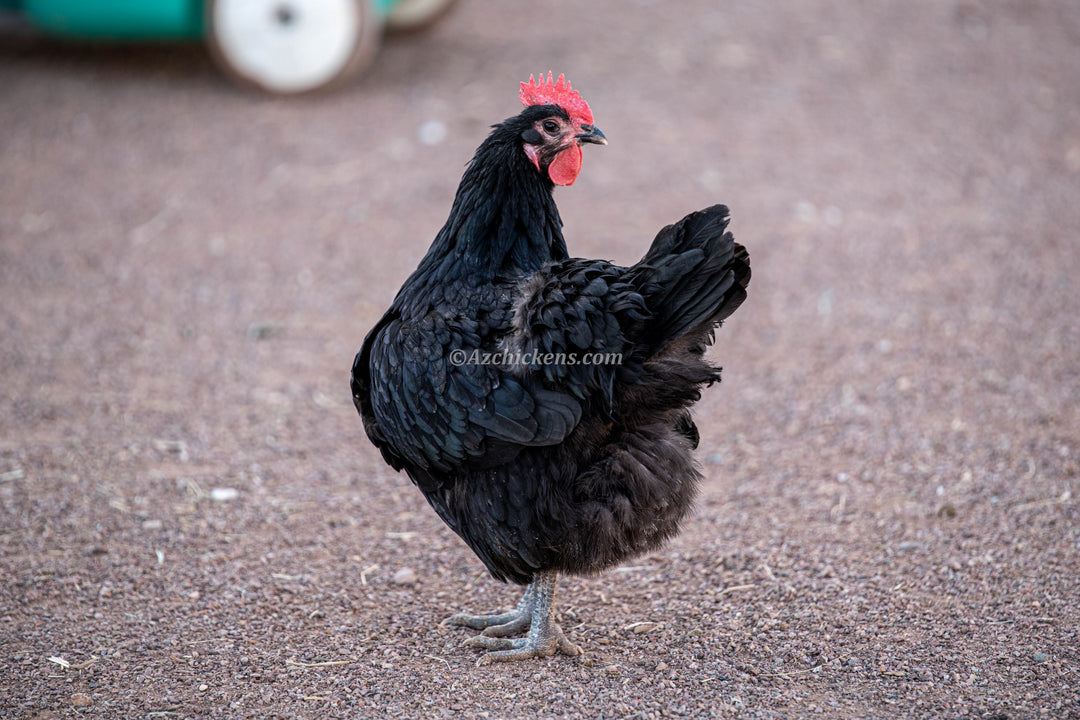
Image: Diverse flock in full feather prior to molt. For breed considerations in hot regions, see Heat Resistant Chicken Breeds 2025.
1) Understanding the molting process and timeline
Molt is a hormone-driven process in which chickens shed old feathers and regrow new ones. Adult hens typically molt annually, often triggered by reduced daylight hours; roosters molt as well. Some birds undergo a “soft” molt (gradual feather replacement) while others experience a “hard” molt (rapid, dramatic feather loss). It’s normal for egg production to slow or stop—protein and nutrients are prioritized for feather regrowth rather than egg formation. Broodies may appear to “mini-molt” as they resume laying, and juveniles experience several small molts before their first full adult molt; these are different from the annual adult molt. Forced molts used in commercial settings are not addressed here.
- Juvenile mini-molt: Pullets may go through minor molting phases before their first full adult molt.
- Seasonality: In many flocks, molt clusters in late summer through fall, but timing varies by breed, age, and environment.
- Appearance: Expect pin feathers (short, quill-like shafts) that look spiky—these are sensitive, so limit handling.
Distinguishing molt from health issues is essential. Pay attention to appetite, energy, and the condition of skin at feather bases. Red, inflamed patches, or visible parasites indicate more than a normal molt and call for treatment or veterinary guidance. For disease differentials relevant to the Southwest, see Marek's Disease - Chickens in Arizona. Because feathers are protein-dense, the most effective support you can offer next is nutrition tuned for rapid regrowth.
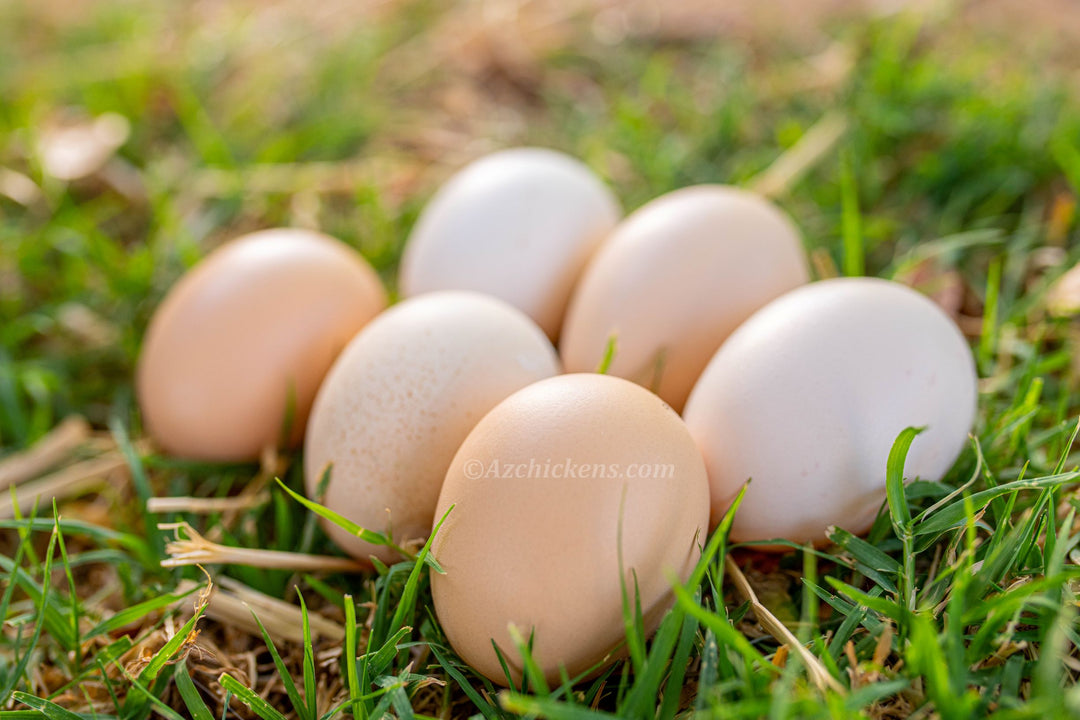
Image: Preening maintains feather condition; during molt, pin feathers are sensitive—minimize handling. Explore more in Chick Care.
2) Natural protein sources that work during molt
Feathers are built from keratin, which requires adequate protein and sulfur-containing amino acids (methionine and cysteine). Many keepers see success by temporarily raising protein intake during molt. A common target for adult layers in molt is around 18–20% dietary protein, depending on the bird and existing ration. Transition gradually over 5–7 days and monitor droppings, weight, and appetite for steady intake.
- Black soldier fly larvae and mealworms: Whole dried insects are molting favorites. They’re highly palatable and convenient—ideal as a daily topper rather than the entire diet. BSFL also provide naturally higher calcium compared with many insects, which can help balance overall intake when birds are off layer feed. Use measured portions (about 1–2 tablespoons per bird or a small handful per 5–6 birds) to avoid excess fat and to keep treats within the 10% rule. Rehydrating dried insects briefly in water can improve palatability for picky birds.
- High-protein complete feeds: A quality complete feed with a clear guaranteed analysis, balanced amino acids (including methionine), and consistent pellet/crumble durability supports even regrowth across the entire bird. An all-flock/feathering formulation is often best for mixed-age groups and non-layers.
- Eggs and fish (occasional): Scrambled eggs or small amounts of fish can boost protein. Do not oversalt, and keep portions modest to avoid unbalancing the ration.
- Sprouted grains and seeds: Nutritious diversifiers. Pair with a high-protein base so you don’t inadvertently dilute overall protein; offer in small amounts and keep clean to prevent mold.
If your layers aren’t actively producing eggs during molt, avoid high-calcium layer feed as the sole ration. Instead, use a high-protein all-flock/feathering feed and offer free-choice oyster shell separately only to the birds that want it. This prevents undue strain on the kidneys of non-laying birds. Store insects and feeds in sealed containers, away from heat and moisture, and buy quantities you can use within a few weeks to preserve freshness.
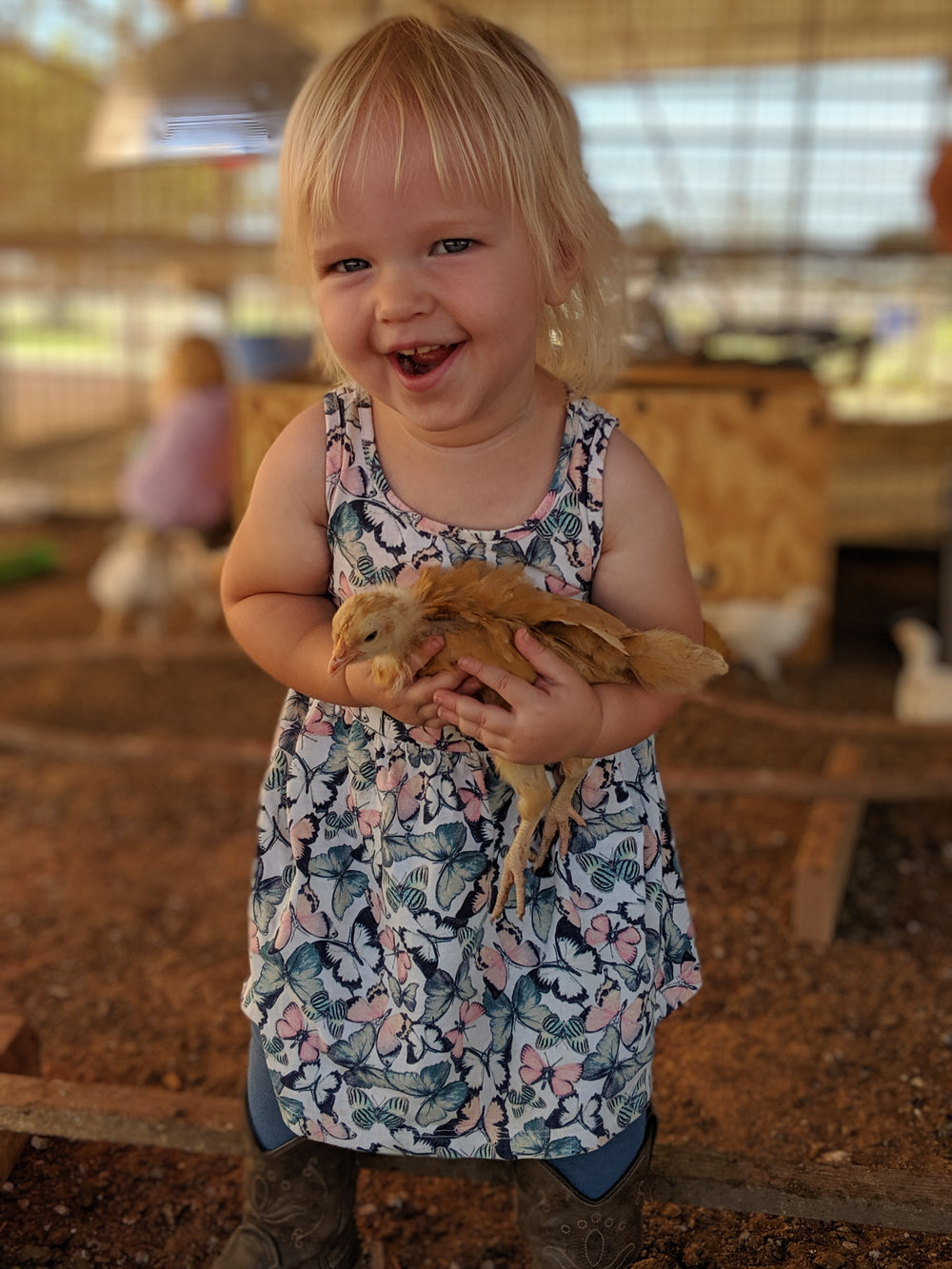
Image: Calm, well-fed birds handle molt better. Learn more about flock availability at Chickens For Sale.
3) Stress reduction techniques that make a visible difference
Molting takes resources. Stress compounds the drain and can slow feather regrowth. Focus on predictability and comfort so birds can divert nutrients to feather-building rather than coping with change:
- Routine: Keep feeding times, lighting, and turnout consistent. Avoid introducing new flock members during peak molt.
- Space and enrichment: Ensure adequate coop and run space. Add perches at multiple heights and create visual barriers so lower-ranking birds can avoid conflict. Provide multiple feeder and waterer stations to limit competition.
- Dust baths: Provide dry, shaded dust-bath areas. Clean, dry soil with a bit of wood ash helps deter external parasites.
- Handling: Pin feathers are sensitive “blood feathers.” Keep handling minimal and calm to reduce discomfort and avoid accidental breaks.
- Predator-proofing and ventilation: Peace of mind matters. A secure, draft-free but well-ventilated coop reduces nighttime stress and supports feather health. For climate-adapted housing ideas, see Southern Climate Housing Solutions.

Image: Clean, accessible water supports feather growth and heat resilience. Explore coop and housing insights in Housing Environment.
4) Supplements: choosing wisely without the hype
Supplements can be helpful during molt, especially in hot or dry climates, but focus on products with clear, appropriate use cases. Since specific product details and pricing are not provided here, use this checklist to evaluate options:
- Probiotics: Beneficial for gut balance when feed changes occur. Look for defined strains, a meaningful CFU count at end of shelf life, and clear dosage guidance. Store per label to preserve viability.
- Vitamins/electrolytes: Useful during heat waves or short-term stress; avoid continuous, long-term use unless directed. Check expiration dates and mix fresh daily.
- Amino acids: Methionine and cysteine support keratin formation. Many complete feeds include these; read the guaranteed analysis and use supplements only to fill a documented gap.
- Omega-3 sources: Can support skin and feather quality; use measured amounts to avoid imbalanced diets.
- Trace minerals: Zinc, manganese, and biotin support feather integrity. Chelated (organic) mineral forms can improve absorption; avoid stacking multiple products with overlapping ingredients.
- Herbal blends: Can be supportive; select formulas with transparent ingredient lists and avoid “cure-all” claims.
Az Chickens highlights natural health approaches and carries flock-focused education. Browse practical care content like Chick Care Tips and climate-specific advice in Sustainable Hot Climate Practices as you evaluate supplement choices for your birds.
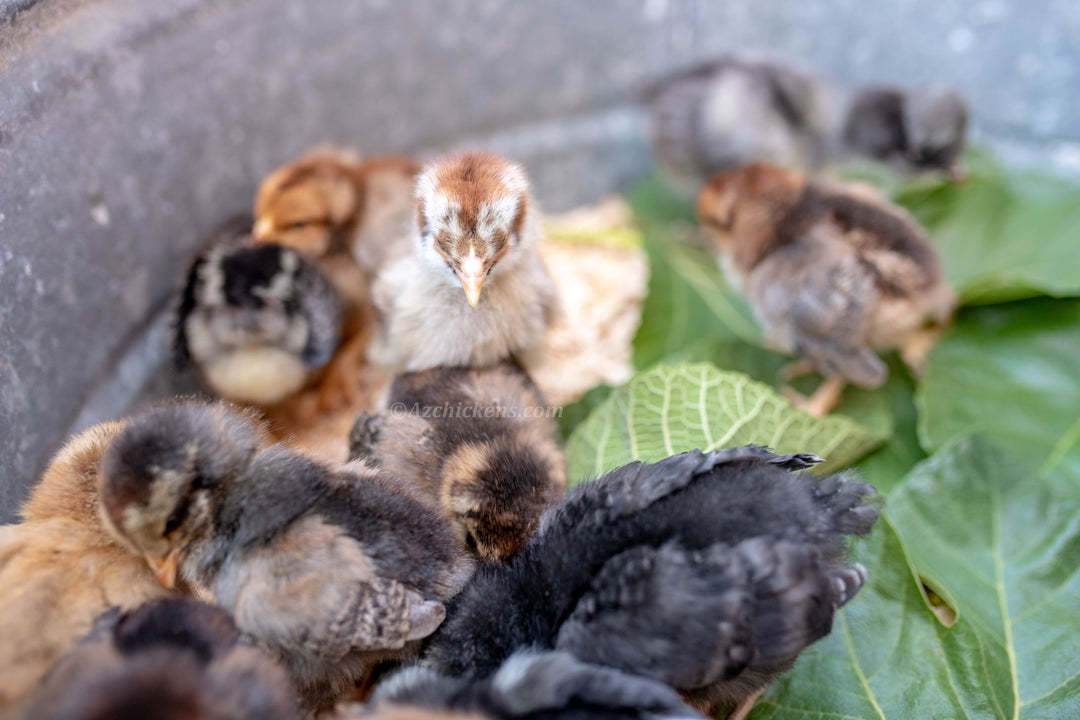
Image: Shade, airflow, and tidy runs help birds conserve energy for feather growth. See Sustainable Hot Climate Practices.
5) Hydration and heat management for Southwest flocks
Many Az Chickens customers manage birds in hot, arid conditions where both molt and heat can overlap. Hydration and heat mitigation substantially affect how quickly birds rebound from molt. Think “cool, clean, consistent” when planning your daily routine:
- Water: Provide multiple waterers in shade; refresh daily. Cool—but not icy—water encourages intake. In extreme heat, consider adding a short-term vitamin-electrolyte product per label.
- Shade and airflow: Dense overhead shade, cross-ventilation, and breathable coop walls prevent heat buildup. Use fans to move air across birds (not directly on roosts) and avoid trapping humidity inside the coop.
- Feed timing: Offer the bulk of feed during cooler early morning and evening windows to encourage intake.
- Run surface: Dry, well-draining ground supports clean dust-bathing and parasite control. If using misters, confine them to shaded areas and keep litter dry to prevent bacterial growth.
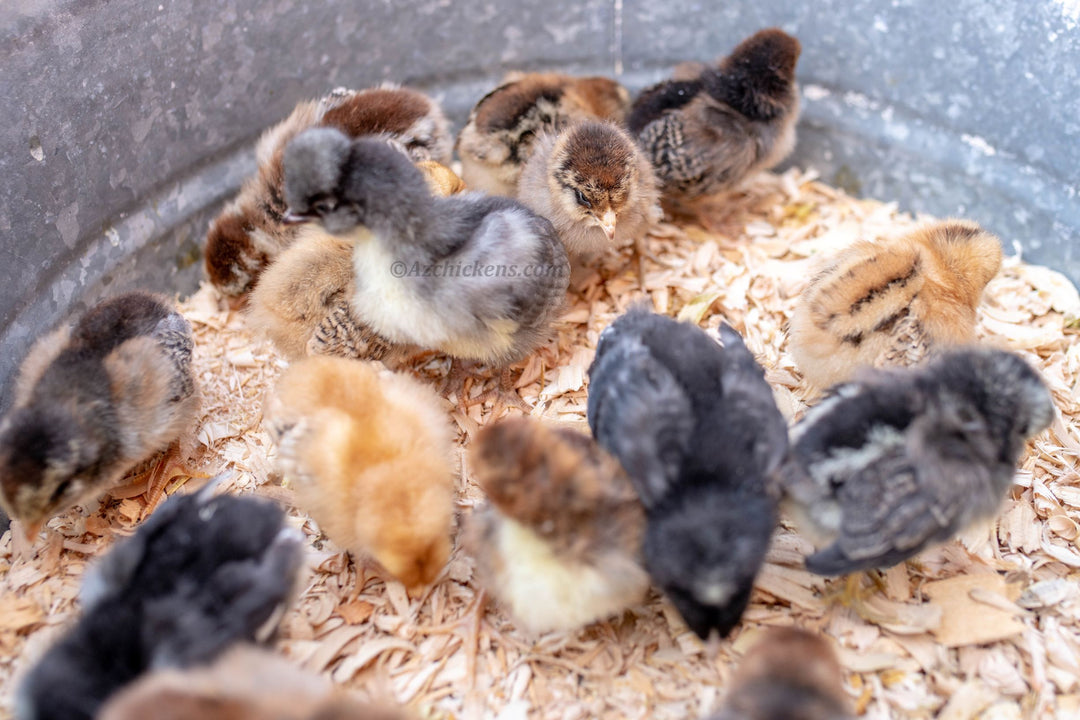
Image: Strong starts make future molts easier. Visit Chick Care for foundational practices.
6) What to expect week by week
Every bird is different, but this general timeline helps set expectations and reduces the temptation to make abrupt changes:
- Weeks 1–2: Feather drop begins; egg production dips sharply. Appetite may shift. Start gradual transition to higher-protein nutrition.
- Weeks 3–6: Pin feathers emerge across wings, back, and neck; birds look patchy. Continue high-protein feed and measured insect treats. Keep stress low and avoid handling pin-feathered areas.
- Weeks 6–10: Feathers begin to unfurl; body coverage improves. Maintain hydration and good coop hygiene; avoid major changes.
- Weeks 10–16: Most birds return to normalized plumage. Egg production may resume as nutrient demands shift away from feather growth.
Hard molts can skew longer; soft molts may resolve earlier. Senior birds often molt more slowly. Keep notes each season to learn your flock’s individual rhythms. If a blood feather breaks and bleeds, apply gentle pressure with clean gauze until it stops; avoid plucking pin feathers.
7) When to be concerned vs. normal molting
These signs merit a closer look beyond normal molt:
- External parasites: Check skin and feather bases for mites/lice, scabs, or crawling insects. Treat promptly if found.
- Severe lethargy or anorexia: A normal molt shouldn’t stop a bird from eating or drinking.
- Unusual discharge, foul odor, or respiratory signs: Consider veterinary evaluation.
- Localized baldness with inflammation: This can point to pecking or parasites rather than molt alone.
- Noticeable weight loss: Weigh weekly if concerned; unintended loss suggests a problem beyond standard molt.
For a disease topic relevant to regional management, review Marek's Disease - Chickens in Arizona. If in doubt, separate the affected bird for observation and seek a veterinarian’s guidance.
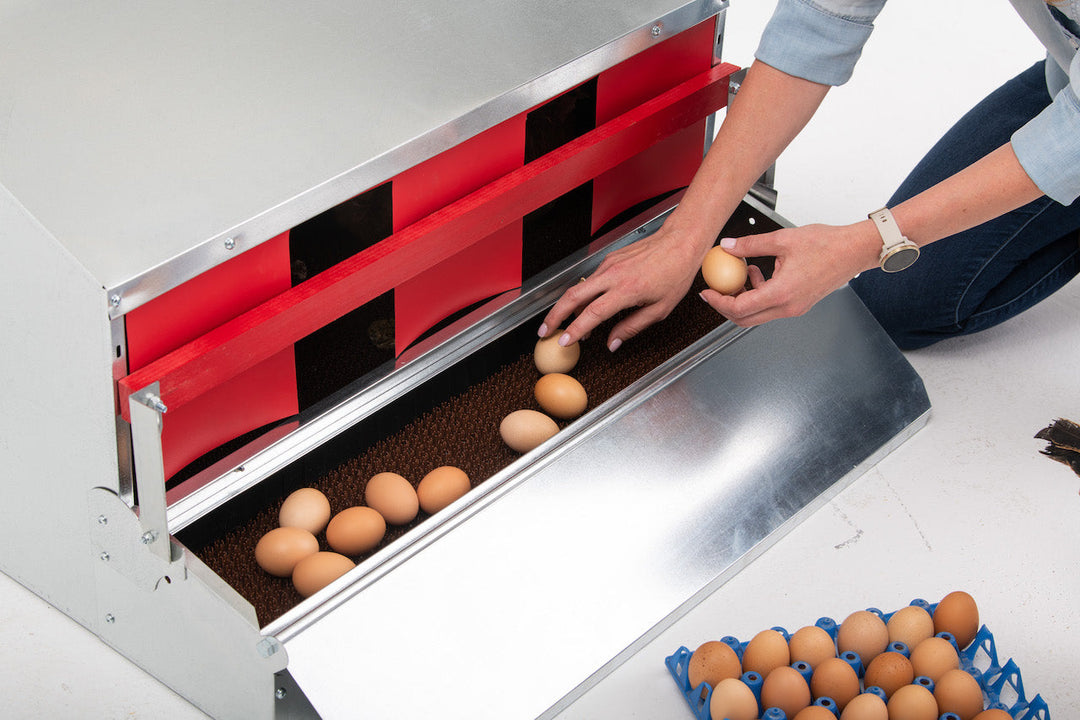
Image: Comfort-forward coop setups reduce flock friction. More housing tips in Housing Environment.
8) Buying guide: how to choose feeds, treats, and supplements for molt
Use this practical checklist when comparing options at your preferred supplier. Small quality indicators add up to better results during a nutrient-intensive molt:
- Protein target: Many keepers aim for 18–20% during molt; verify the guaranteed analysis on the label.
- Amino acids: Look for methionine and balanced amino acids to support feather keratin.
- Ingredient clarity: Whole dried insects, quality proteins, and transparent labeling generally indicate better formulation practices.
- Form factor: Pellets vs. crumbles—choose what your birds consume cleanly with minimal waste. Pellets often reduce sorting; crumbles can suit smaller or picky birds.
- Calcium strategy: Offer oyster shell on the side if only some birds are laying; avoid high-calcium diets for non-layers during molt.
- Freshness and storage: Buy quantities you’ll use within a few weeks; store feed in sealed containers away from heat and pests. Check date codes and smell for freshness (no sour or rancid odors).
- Supplement scope: Add probiotics or vitamin-electrolyte products judiciously. Short-term use during stress is often most effective; avoid doubling up ingredients across products.
If you’re raising birds in hot climates, consider the housing and hydration upgrades discussed earlier. For region-specific planning, see Sustainable Hot Climate Practices.
9) Practical routines that speed recovery
These small habits compound over the molting window and encourage steady progress without stressing the flock:
- Feed schedule: Offer the main ration early and late; scatter a measured handful of insect treats in the afternoon for engagement without overfeeding (about 1–2 tablespoons per bird within the 10% treats guideline).
- Cleanliness: Keep feeders and waterers tidy; scoop damp spots in the run to reduce bacterial load and parasites.
- Lighting: As days shorten, some keepers stabilize daylight hours with supplemental light. If used, provide consistent on/off times (timers help) and avoid sudden shifts. Add light before dawn rather than after dusk to minimize bedtime disruptions.
- Observation: Check for parasites during weekly health checks; monitor feather regrowth progress and body condition.
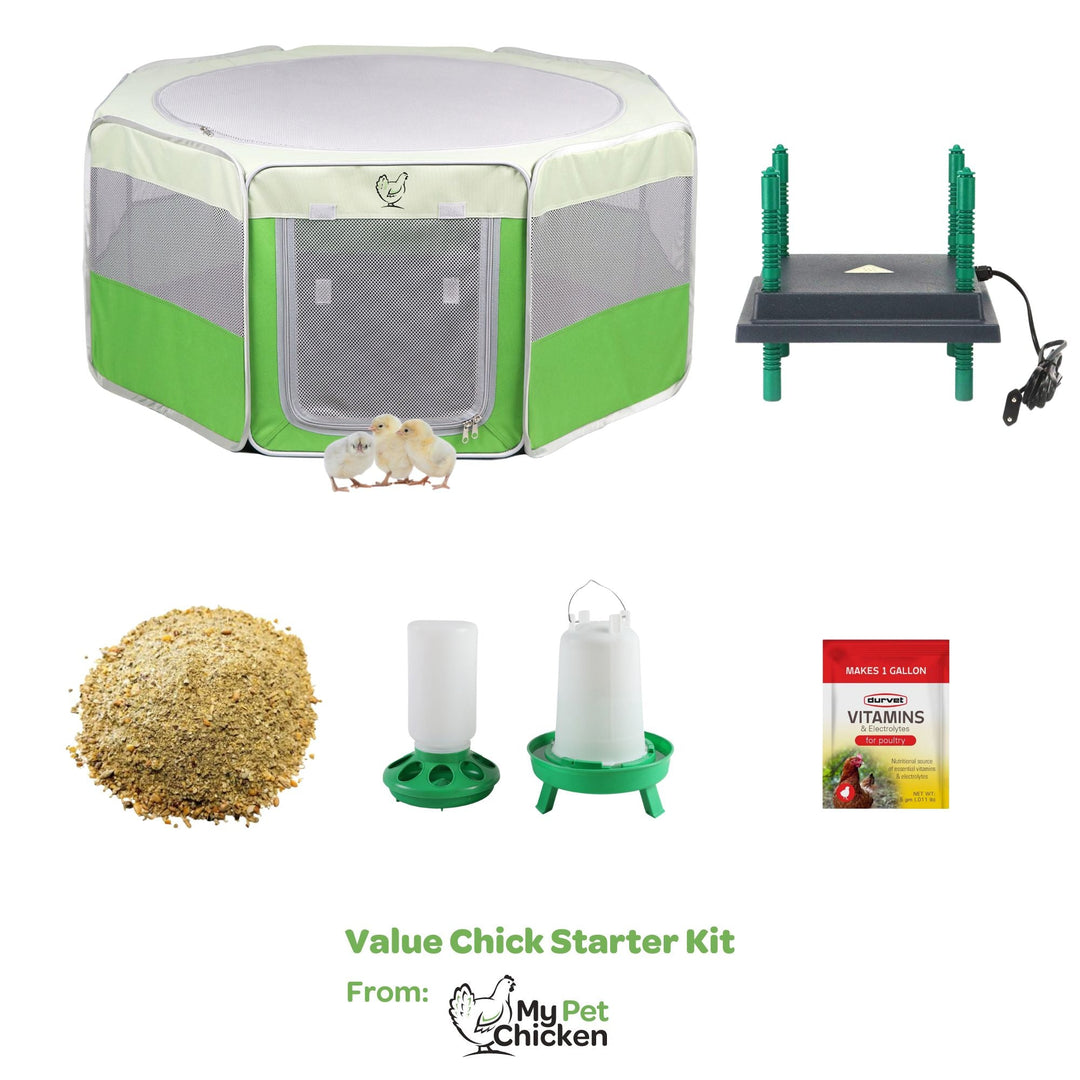
Image: Good early care echoes years later. More resources: Chick Care.
10) Seasonal considerations for 2025
With weather patterns that increasingly swing between extremes, plan for flexibility and keep simple tools on hand (extra shade cloth, spare waterers, timers):
- Heat spikes: Keep shade cloth on hand, refresh water twice daily, and consider short-term electrolyte support. Provide airflow without creating drafts on roosts.
- Cold snaps: Ensure dry bedding and draft-free roosts; feathers insulate best when clean and fully grown in. Avoid wet litter that chills feet.
- Air quality: Smoke or dust can irritate respiratory systems; prioritize ventilation and avoid fine, dusty bedding during molt. In monsoon conditions, balance humidity control with adequate fresh air.
For breed selection that thrives in hot regions—valuable if you’re rotating or expanding your flock—review Heat Resistant Chicken Breeds 2025.
11) Troubleshooting: common pitfalls and how to avoid them
- Too much calcium for non-layers: Offer layer-calcium only to active layers via free-choice oyster shell.
- Unbalanced treats: Keep treats (including insects) to modest amounts so complete feeds remain the diet’s backbone.
- Crowding and pecking: Add visual barriers, distribute feeders, and maintain multiple perches to reduce feather pecking.
- Ignoring parasites: Molt exposes skin—perform weekly checks and treat promptly if you find mites/lice.
- Rushing changes: Transition feeds over 5–7 days to protect gut health. Avoid abrupt lighting changes that can startle birds and increase stress.
12) A simple molt calendar template
Use this framework and adapt it to your flock’s pattern. Short notes each week help you catch issues early and time feed transitions smoothly:
- Week 0: Note first signs of feather drop; begin gradual protein increase.
- Week 2: Confirm reduced laying; check pin feathers; avoid rough handling.
- Week 4: Health check for parasites; assess hydration access; tidy dust baths.
- Week 6: Track coverage improvements; continue high-protein feed; reassess space and perches.
- Week 8+: Monitor for steady regrowth; plan the transition back to standard layer feed once laying resumes for most birds.

Image: Plan ahead for seasonal shifts. Climate-aware husbandry: Sustainable Hot Climate Practices.
13) FAQ: quick answers for molting season
How long does molting last? Most birds complete a typical molt in 6–16 weeks. Heavier molts and older birds may run longer.
Should I switch feeds? Many keepers choose a higher-protein ration during molt and then transition back to layer feed when eggs resume. Keep oyster shell separate for active layers.
Are treats okay? Yes, in moderation. Whole dried insects are ideal during molt. Maintain balance so the complete feed remains the majority of the diet.
My bird is bald in spots—is that normal? Patchy feather loss can be a standard molt pattern, but inspect skin for irritation or parasites. If you see redness, scabs, or insects, address accordingly.
When will eggs return? Many hens resume laying as feather regrowth stabilizes—often toward the end of molt or after it concludes.
Do roosters molt? Yes. Roosters typically undergo an annual molt similar to hens, with temporary dips in vigor while feathers regrow.
Can I bathe a molting chicken? Avoid it unless absolutely necessary. Wet pin feathers are fragile, and birds chill more easily during molt.
Should I clip wings during molt? Wait until feathers are fully grown in. Clipping pin feathers can cause bleeding and pain.
Related Az Chickens resources
- Chick Care Tips — Foundations that make future molts easier
- Heat Resistant Chicken Breeds 2025 — Smart selection for hot climates
- Southern Climate Housing Solutions — Secure, ventilated coop design
- Sustainable Hot Climate Practices — Reduce heat stress for better molts
- Marek's Disease - Chickens in Arizona — Differential insights for abnormal symptoms
- Chickens For Sale — Plan flock rotations with climate in mind
Support your flock’s molt with a calm routine, clean water, and nutrition that prioritizes protein and amino acids. Whether you’re managing a small backyard group or a larger hobby flock, the principles are the same: feed well, reduce stress, keep it clean, and monitor closely. As feathers return, so will your birds’ glossy condition—and, soon enough, their eggs.
